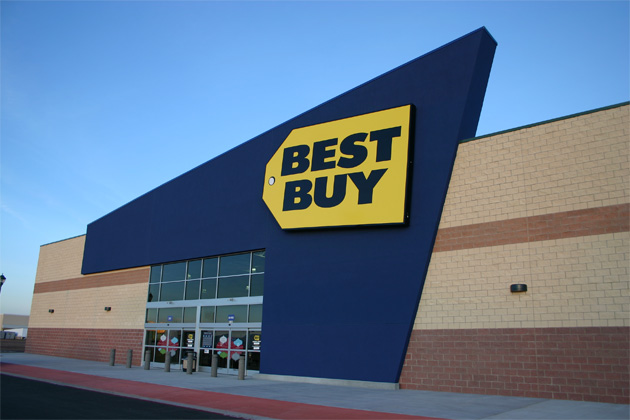https://www.youtube.com/watch?v=JBEX_uXFMn8&feature=player_embedded
Last week, Juicy Couture launched a new video via YouTube which has supermodel Candice Swanepool modeling a variety of their clothes and accessories. Sounds like the typical ad we’ve come to expect right? Guess again. What’s so brilliant about this campaign is the fact that they made it interactive. Each and every time Candice is shown with a different article of clothing on, or a different piece of jewellery, a box appears and if clicked on, links you directly to their site where you can purchase said item.
Like something you see? Juicy Couture provides a call-to-action by linking products in their video to their website
I love this new form of video advertising, as it makes it very easy to purchase anything that catches the consumer’s eye. Juicy Couture has found a way to utilize YouTube and their website together by integrating interactivity between the two. By showcasing their product, and then providing a “call-to-action” by enabling their audience to click through to a purchase screen, this will undoubtedly increase Juicy Couture’s conversion rate.
Where will this go from here? It wouldn’t surprise me to see more companies taking advantage of this, as it’s very easy and simple to do. One thing that is a concern though, is that every time you click the video to view the item you’re interested in, the video stops. Perhaps if there was some way they could make it so that a mini pop-up tab came up, it could go hand in hand with the video where the user could shop while the video simultaneously played alongside it.
In addition, I think a big thing for companies to consider is how to implement this through mobile technology. I view this as sort of an interactive magazine, where now, when you see something you like, you can buy it instantly. It also wouldn’t surprise me to see this starting to appear in television shows, especially with the increasing use of product placement. Through smart TV’s, touch screens, and tablets, companies may start to implement this same sort of concept through that medium as well.



